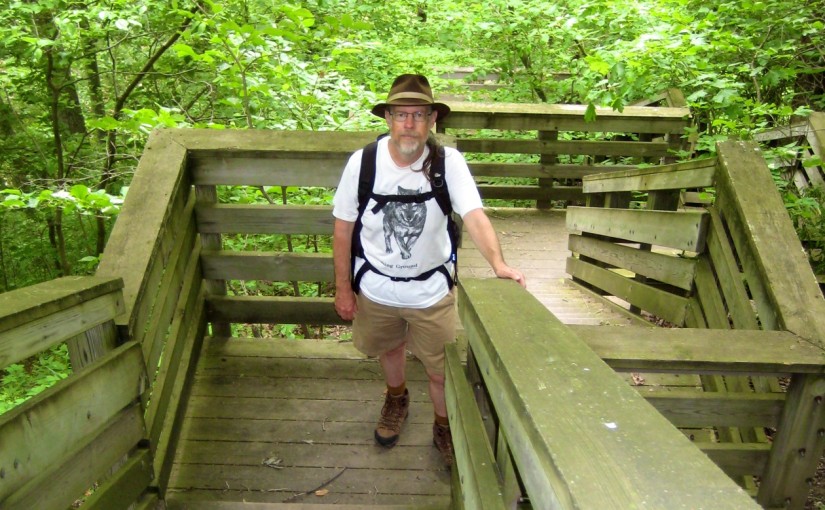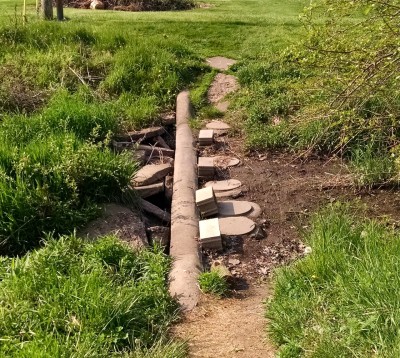I have mixed feelings about using the motivating power of maintaining a streak.
Lots of people do it. Lots of writers write every day. Lots of runners run every day. There’s probably no virtuous activity out there that doesn’t have someone who has done it every day (or every week, or every year) for decades.
I understand the power. I feel it too, as I’ll describe in just a moment. But I have mixed feelings about it, primarily for two reasons.
First, it tempts people into doing things they shouldn’t just to maintain the streak.
Any runner who has run every day for years has almost certainly gone for a run even though he or she was sick. If it’s just a cold, that’s merely pointless. But going for a run with the flu is life-threatening.
Second, the demotivating power of a broken streak is huge.
For example, I had a streak going in the game Ingress, where there’s a badge for maintaining an unbroken streak of playing every day. I’d gotten my badges for 15-, 30-, and 60-day streaks. When my 180-day badge was due, I found that had apparently missed a day—my streak had ended at 172 days. I immediately abandoned any thought of getting that badge, and quit making any effort to play Ingress on a daily basis. I still play, but my current streak is 4 days.
Because of those issues, I try to be careful about motivating myself by trying to maintain a streak. I still do it though.
I went for a walk yesterday, only because I’m trying to get out for a walk every day this month.
After I hurt my knees in late October, my ability to walk was constrained for several weeks. It was very sad. I missed the last nice days for outdoor exercise, stuck inside resting my knees.
I find it easy to exercise in the summer, and hard in the winter. Every year I imagine that, if I can just keep going through the fall, I’ll preserve the habit and be able to keep going through the winter. It hasn’t worked very well in general, and certainly is out for this year, so I figured I’d do something different: Establish a new habit. I am perfectly capable of just deciding that I’ll get out and exercise in the winter in particular.
So I did decide that. Specifically, I decided that I’d try to meet the goal I’ve established in Google Fit, to get at least 90 minutes of movement every day.
Google Fit’s evaluation is just a bit odd. It’s central metric is minutes, but what it actually counts is steps, and I have no idea exactly how it translates occasional steps into minutes. It works very well when I go for a walk, but when I do taiji, for example, I get essentially no credit for having moved during that hour.
(As an aside, I should mention that I could just manually enter the hour or two I spend doing taiji. I did that for a while, but it isn’t really satisfactory. Among the great thing about Google Fit are that it’s simple and objective—there’s no need to do anything other than just carry my phone all the time, which I do anyway. Manually entering activity misses the whole point.)
Anyway, yesterday was a cold, wet, snowy day. Just the sort of day on which any sensible person would decide to simply stay inside. But I had this unbroken streak going, and a plan to hit 90 minutes of movement each day in December. So, I went out in the cold, wet snow and walked the remaining forty minutes or so to hit the mark.

During the summer, one can just stay in when the weather is bad, and still get plenty of exercise. Do that in the winter, and it’s all too easy to end up spending three months indoors. So, I am using the power of an unbroken streak to prevent that.
Another couple of weeks, and it will be a habit. A couple of weeks after that, and I’ll have met my movement goal for the month of December—and having gotten that far, I expect I’ll be able to move enough in January and February as well.
For now, though, I’ve just checked—and I see that I need another 24 minutes of walking today.
At least it’s not snowing.






